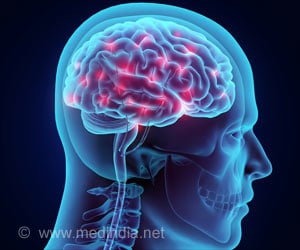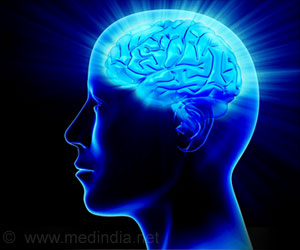Classic psychedelics are powerful inducers of neuroplasticity, a tool of psychobiological transformation that researchers know very little about.

‘The effects of psychedelic drugs vary tremendously, and are difficult to categorize, since they provide access to vastly different states of consciousness.’





The study got published published in Scientific Reports on October 09, 2017. "For the first time we could describe psychedelic related changes in the molecular functioning of human neural tissue", states Stevens Rehen, study leader, Professor of Federal University of Rio de Janeiro (UFRJ) and Head of Research at D'Or Institute for Research and Education (IDOR). Though recent studies have demonstrated that psychedelic substances, such as LSD (Lysergic acid diethylamide), MDMA (Methylenedioxymethamphetamine) and ayahuasca brew which contains DMT, hold therapeutic potential with possible anti-inflammatory and antidepressant effects, the lack of appropriate biological tools has been shown as a critical limitation for the identification of molecular pathways targeted by psychedelics in the brain.
In order to unveil the effects of 5-MeO-DMT, Vanja Dakic (IDOR) and Juliana Minardi Nascimento (IDOR and University of Campinas) have exposed cerebral organoids, which are 3D cultures of neural cells that mimic a developing human brain, to a single dose of the psychedelic.
By employing mass spectrometry-based proteomics to analyze cerebral organoids, they identified that 5-MeO-DMT altered the expression of nearly thousand proteins. Then, they mapped which proteins were impacted by the psychedelic substance and their role in the human brain.
Researchers found that proteins important for synaptic formation and maintenance were upregulated. Among them, proteins related to cellular mechanisms of learning and memory, key components of brain functioning.
Advertisement
"Results suggest that classic psychedelics are powerful inducers of neuroplasticity, a tool of psychobiological transformation that we know very little about", states Sidarta Ribeiro, Director of the Brain Institute of Federal University of Rio Grande do Norte (UFRN) and coauthor of the study.
Advertisement
Source-Eurekalert









